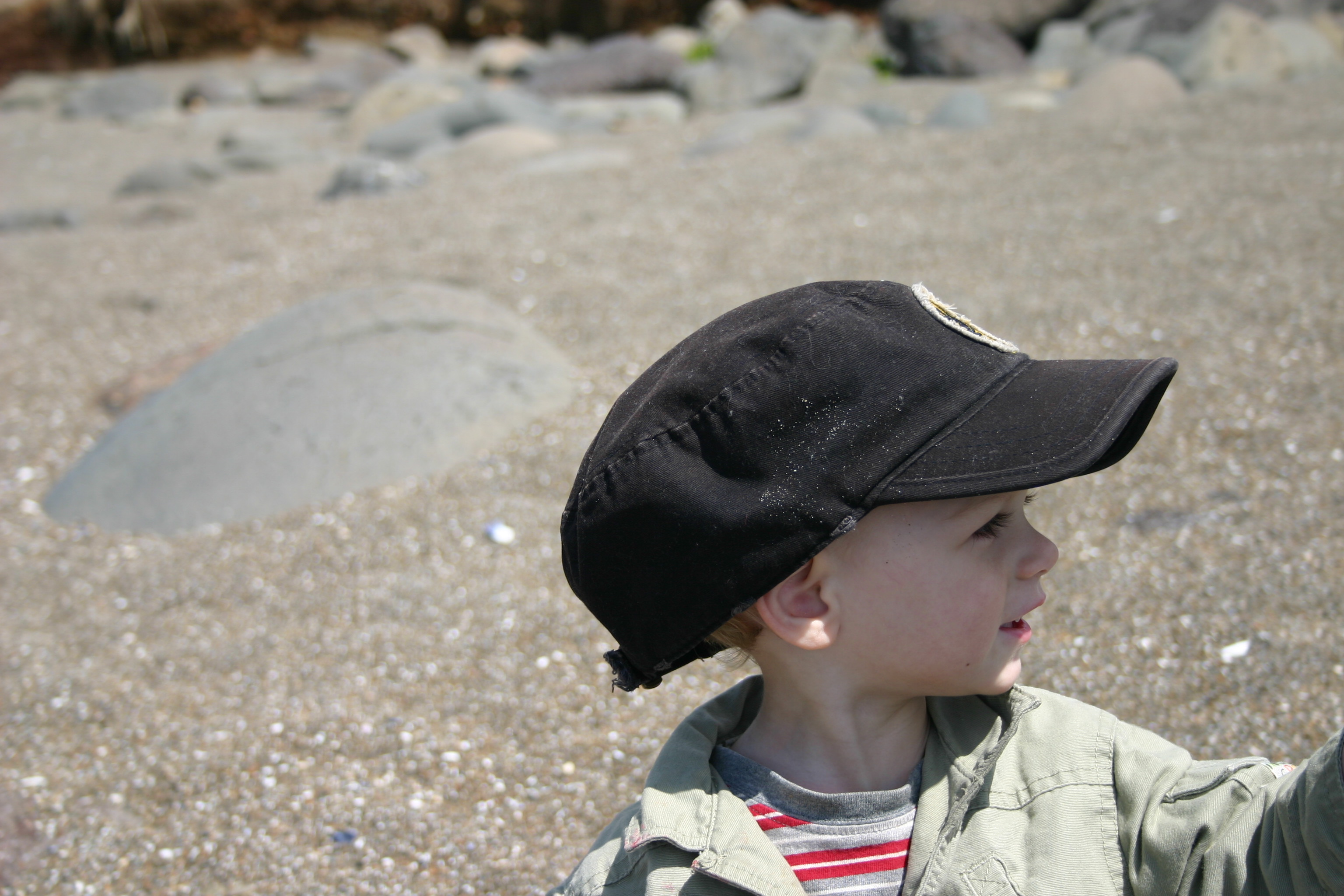Recently the Environmental Working Group (EWG) assessed 1400 of the sunscreens on the market. Shockingly, they recommend that consumers buy almost none of them. For instance they recommend only 39 of 500 “beach and sport” sunscreens.
Their report raises concerns about retinol palminate, a form of Vitamin A found in 41% of the sunscreens. It is currently being investigated by the FDA because it may “accelerate skin damage and elevate skin cancer risk when applied to skin exposed to sunlight.”
They also flag all sunblocks with oxybenzone. Oxybenzone is a hormone-disrupting compound that penetrates the skin and enters the bloodstream. It was found in about 60% of the 500 beach and sport sunscreens analyzed.
In addition the EWG raises concerns that many sunblocks protect against UVB radiation, which causes sunburns, but leave people exposed to UVA radiation, which is known to accelerate skin aging and cause skin cancer. Because people are not getting burnt by the sun, they probably expose themselves to far more UVA radiation than they would without sunscreen.
The report also points out that according to FDA scientists, any SPF claim above 50 cannot be reliably substantiated. Moreover, SPF claims below 50 are suspect, because the vast majority of people apply only a quarter of the sunscreen needed for a product to meet the advertised SPF. “In everyday practice a product labeled SPF 100 actually performs like SPF 3.2, an SPF 30 rating equates to a 2.3 and SPF 15 translates to 2.”
In a separate report the EWG lists 9 Surprising Truths About Sunscreens, including the following:
- There’s no consensus on whether sunscreens prevent cancer
- There’s some evidence that sunscreens might increase the risk of the deadliest form of skin cancer in some people
- Too little sun may be harmful, reducing the body’s Vitamin D levels.
If you’ve spent more than a decade following the ubiquitous recommendations to coat yourself in sunscreen 15 minutes before exposing any body part to the sun (as I did for many, many years), it may take awhile to digest the EWG’s report.
But if you’re going to continue to slather on the goo, you’ll probably want to take a look at the EWG’s list of recommended sunscreens. (Don’t worry it’s short.)
The EWG also has a hall of shame, which explains many of their concerns about sun-protection claims in easy-to-read language. (The FDA makes the list for failing to finalize sunscreen regulations for 32 years.)
We’d probably all be wise to heed this bit of the EWG’s advice before heading outdoors this summer:
Consumers should not “depend on any sunscreen for primary protection from the sun’s harmful ultraviolet rays. Hats, clothing and shade are still the most reliable sun protection.”
What do you think? Does the EWG report surprise you? Will it make you rethink sunscreen or buy a different product?
